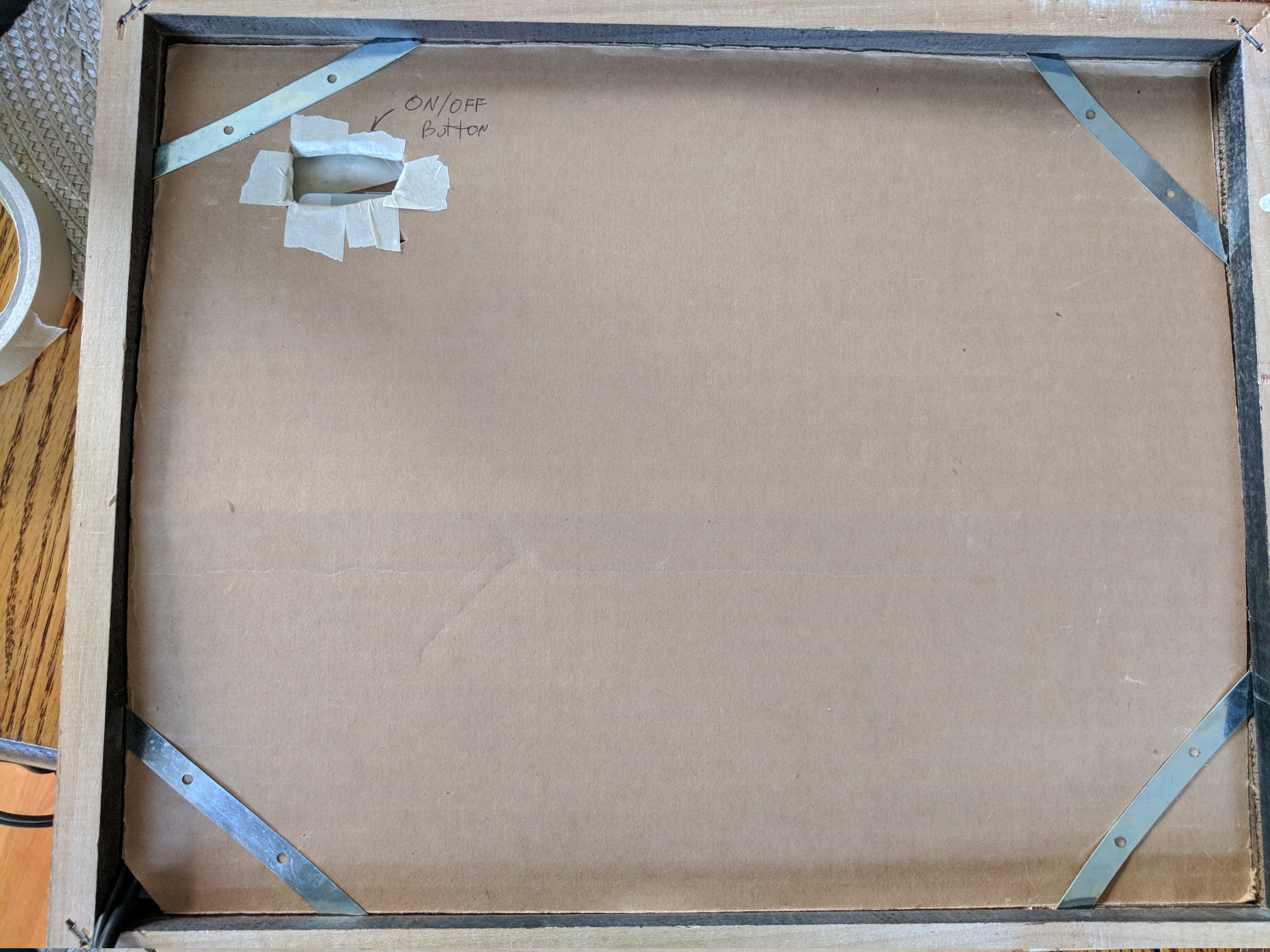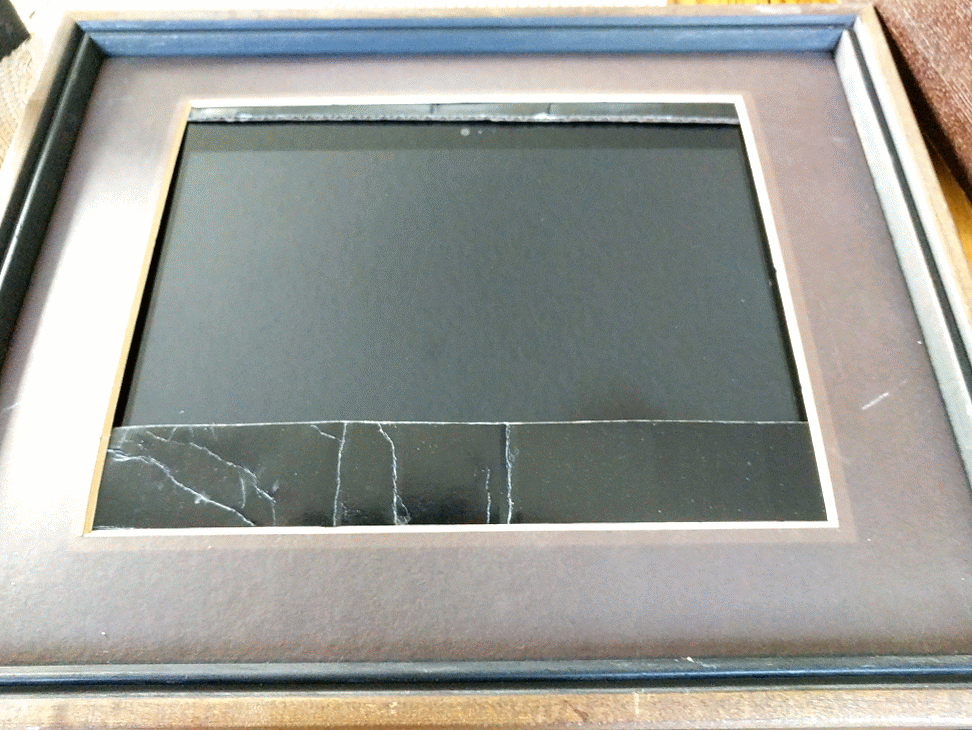Surface RT Equalizer Visualizer
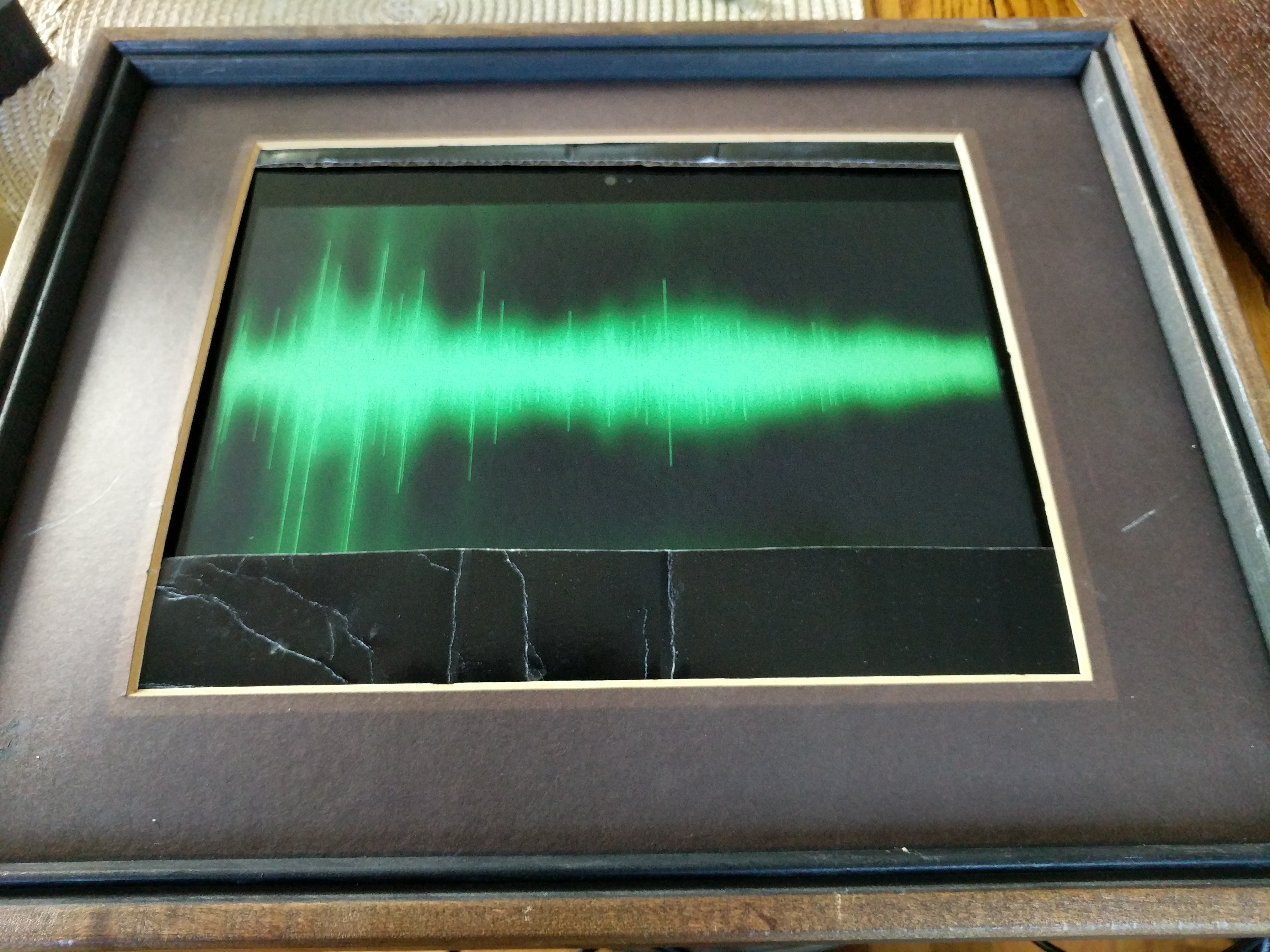
The Surface (non-pro) was an interesting device. Running windows RT 8.1 and sporting a 720p display, from the outside this was a half-decent productivity tablet. It came with a fully usable version of Microsoft office, could share peripherals with the (far superior) surface pro, and was priced to sell. Sadly, the locked-down operating system meant the software landscape was barren, the hacking scene was anemic, and the technology quickly became outdated.
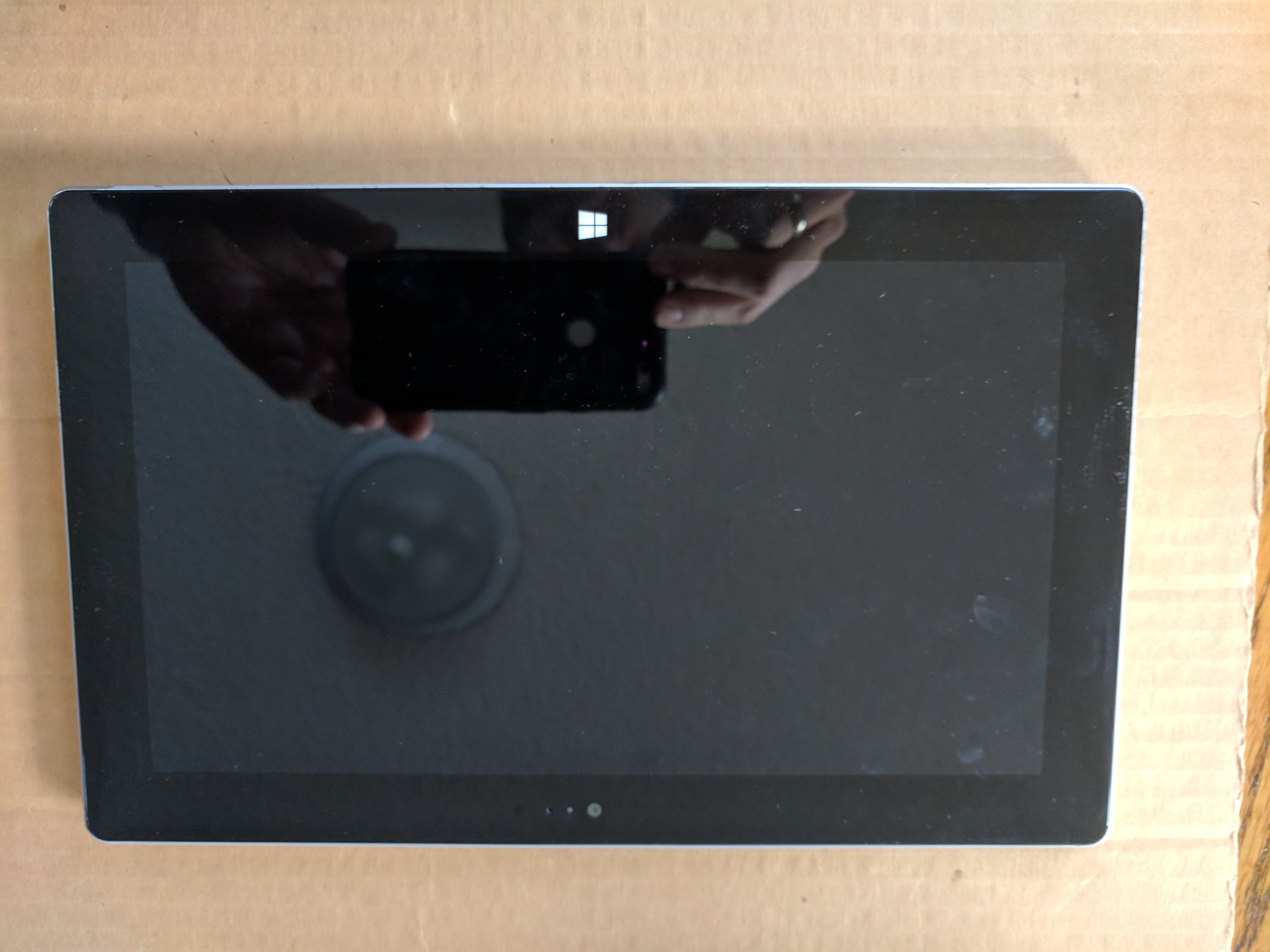
You wouldn’t think there’d be much you could do with one nowadays, and generally speaking there’s not. The device chugs on web browsing after more than a few tabs are open, there’s limited software compatibility, and the bootloader has only now been unlocked 5 years later. Pretty bleak outlook. On the other hand, the surface has two features that I find really interesting:
- The color reproduction, black levels, and affinity for sub-pixel rendering make it a visually beautiful display.
- The USB driver stack is fairly robust, and supports all manner of USB audio devices.
Having run across a v1 surface RT on the cheap, I sought to make use of these great qualities. My first thought was to use the JavaScript audio bridge I hacked together for a previous article, but sadly web audio is not supported in the version of IE that’s locked to windows RT 8.1 (and sadly, no Chrome.)
So, I searched the store proper for an audio visualizer. I got lucky and found Kauna, and what do you know the free version supports both waveform and VU meter visualization.
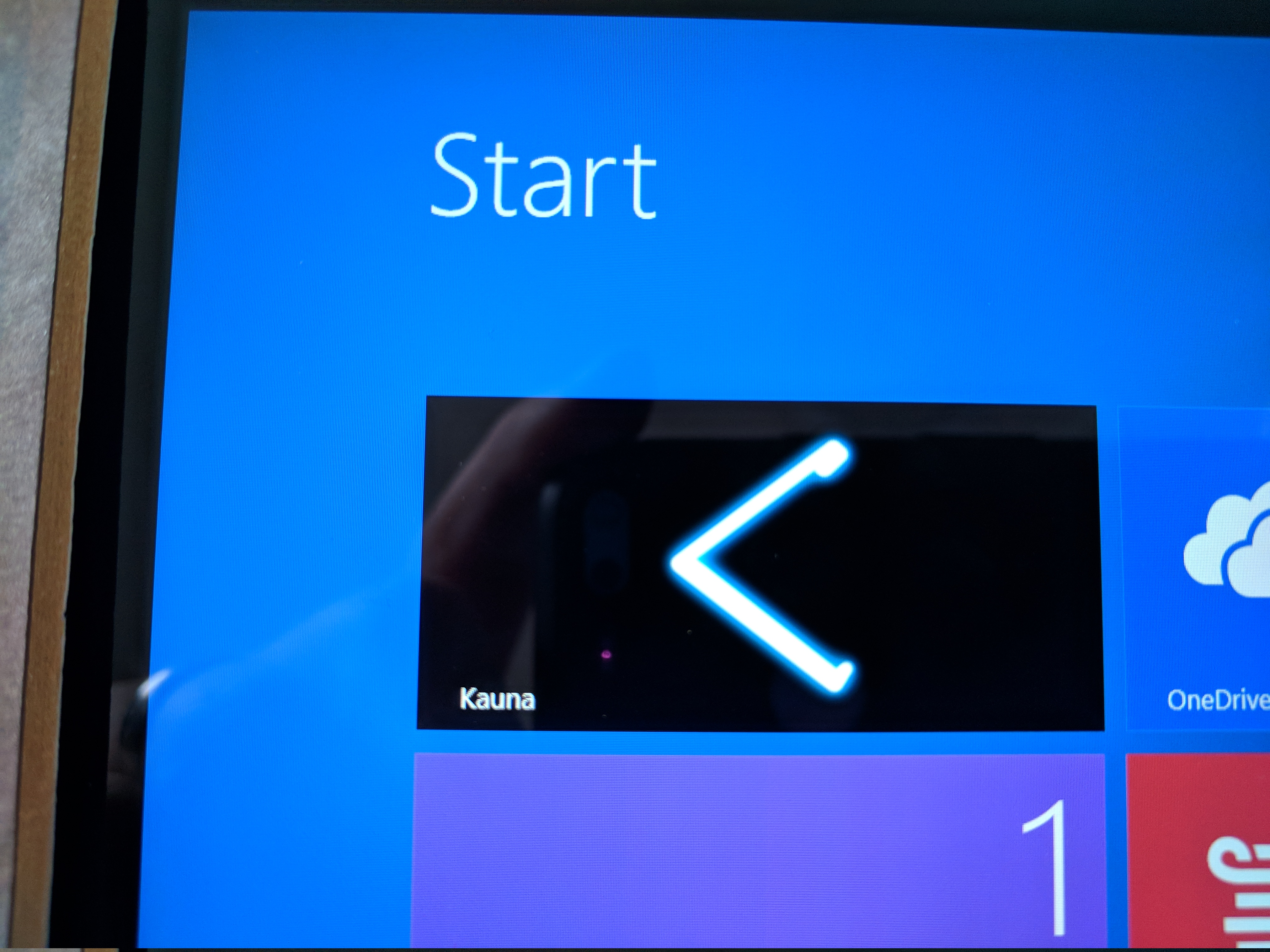
Next, I found an old USB->RCA audio bridge in my box of project ideas. It worked without issue. I adjusted the input gain and all was well. Still, the wires hanging off the side of the RT didn’t look great, and I wanted to up the nice factor a bit. I decided to fashion a frame for it, such that I can mount it above my rack-mount stereo in the future.
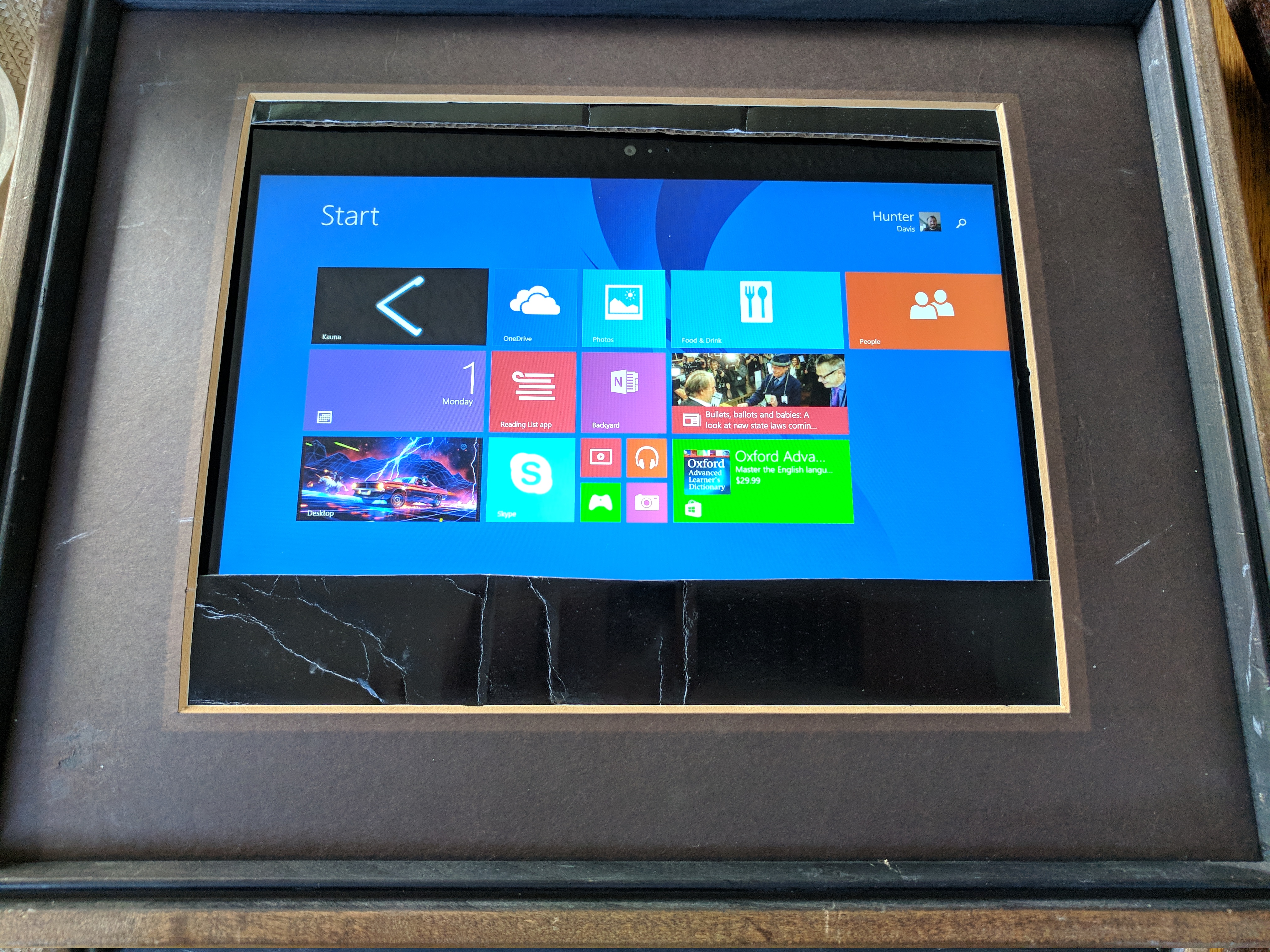
With some tape, scissors, an old cardboard box, and a little patience, I fashioned a MVP frame for the visualizer. It’s not professional grade, but it’ll do for now. At some point I may pick up some faux-wood veneer and give it that 70s component vibe, but for now I’m happy with how it turned out. I’m also especially happy I could make use of some “obsolete” tech that’s only a few years old, and has many many years of use left.
